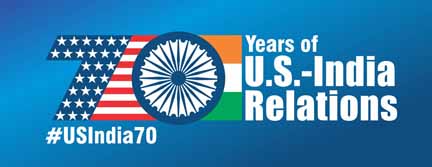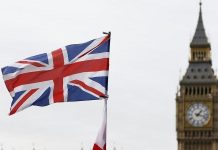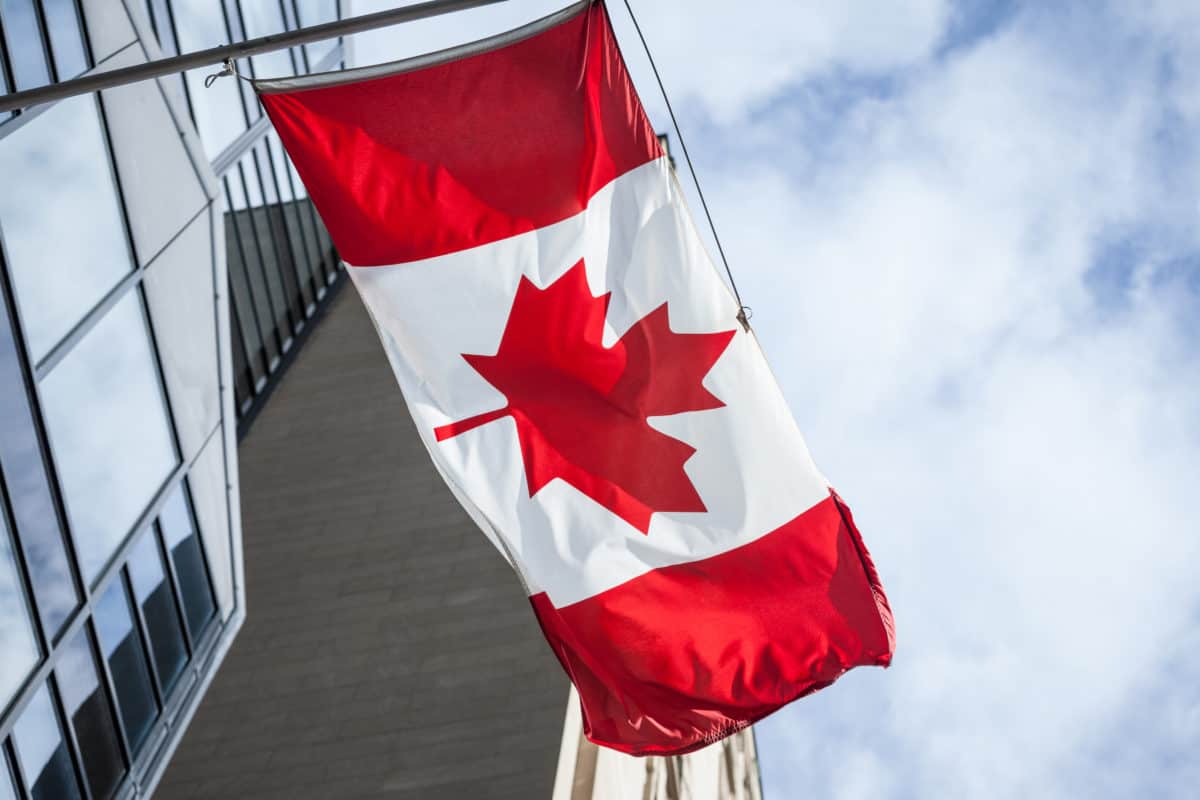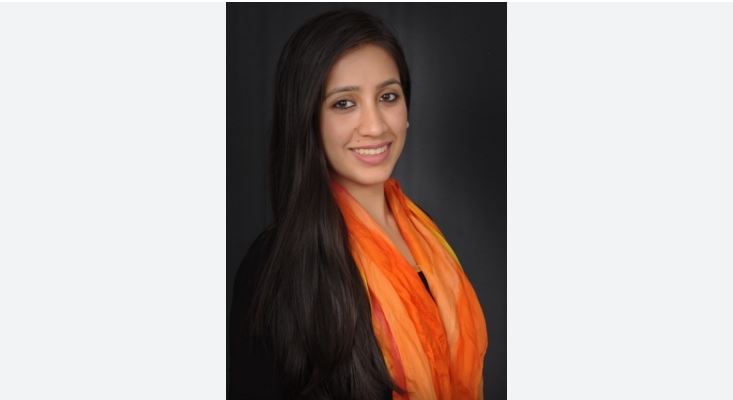 NEW DELHI: During the month long series of events in celebration of’70 years of US-India Relations’, the American Center in New Delhi organized an interactive discussion on September 26. The participants were Prof Devesh Kapur, professor at the Penn University; Arun Kumar Singh former Ambassador to Washington, Dr. Craig Dicker current U.S. Cultural Attaché in India, and the invited audience.
NEW DELHI: During the month long series of events in celebration of’70 years of US-India Relations’, the American Center in New Delhi organized an interactive discussion on September 26. The participants were Prof Devesh Kapur, professor at the Penn University; Arun Kumar Singh former Ambassador to Washington, Dr. Craig Dicker current U.S. Cultural Attaché in India, and the invited audience.
The discussion on the Indian-American community and its uncommon achievement was driven by the content of a new and acclaimed book “The Other One Percent – Indians in America”. It is co-authored by Sanjoy Chakravorty, Devesh Kapur and Nirvikar Singh, academicians at Temple University, Penn and UC Santa Cruz respectively. The book is the outcome of three definitive research reports that were compiled under a grant by India’s Ministry of External Affairs. These reports researched the various factors leading to the successful rise of the Indian-American immigrants residing in USA, compared to other immigrant groups from various parts of the world.
Prof. Devesh Kapur was the sole co-author to join the discussion virtually from Pennsylvania through a video call. He presented briefly the broad outline of the contents of the book and sharing pertinent quantitative research findings it contains. Incidentally, the publishing of the book coincides with the 50th anniversary of the U.S. Immigration and Nationality Act of 1965 that abolished the national-origins quota system of 1920s, replacing it with a preference system based on skills and family relationships. The quota system had favored Europeans at the time.
Initiating the discussion Prof. Kapur spoke of how from a population of 1.8 million in year 2000, the Indian-American immigrants have more than doubled to 4 million in 2017. They are also almost 50% of all the H1B Visa immigrants currently in the US. Coming from a low-income country they are amongst the higher income groups and also the highest educated.
He noted, although H1B visa holders are primarily for skill sets that come under higher than the median salary slab in the US, even in case of families where the first generation immigrants were holding low-income jobs, they find the combined household income of such families was higher than average, becoming the source for financial assistance to educate the second generation.
Indian-Americans as a group have a lower divorce rate and thus family bonds and welfare are clearly stronger, which is another factor to their advantage. Another notable factor of demographics is how two-thirds of the immigrant group’s current population is under 18 years of age.
Ambassador Singh also provided his insights, adding there are currently 110,000 Indian origin doctors serving or, practicing in USA, providing services in the remotest corners of the country. Doctors of Indian origin are examining approximately 14% of all patients in the US. The hospitality industry has also seen a huge turnaround with the group’s entry, and adds $13 billion to the industry.
There are 160,000 students from India contributing $ 5 billion by way of the average tuition fee alone. He also mentioned of the second and third generation Indian-Americans who have begun to participate and play a crucial role in the US congress and politics, and participate in increasing numbers as foot soldiers in both political parties.
Dr. Dicker, moderating the discussion added his own observations of growing up in NYC in a very cosmopolitan neighborhood, that during his youth and in his parents’ generation there were very few inter-racial marriages as opposed to increasing numbers seen now. In response to his question on assimilation, Devesh Kapur mentioned the findings of their research showing that Indian-Americans and Vietnamese immigrants were least likely to intermarry with other groups.
Indian-American parents still harbor the desire their children have marriages with Indian origin partners. He also observed Indian-Americans were the quickest in losing the Indian from their Indian-American identity in favor of an American identity. Besides, the Indian identity always tends to surface and is leaned upon when positive indicators are seen in India. This, he added, being a natural human tendency, as people prefer to be linked to positive stories.
To end the discussion Prof Kapur noted that immigration in any country is a highly sensitive and ultimately a political issue, and there are increasing instances of backlash against immigrants being seen, giving example of dropping numbers of Indian students to UK universities. On the question of brain drain, he thinks, that is a self-inflicted condition brought upon by India as he sees higher education being neglected there.
Harpreet Singh






